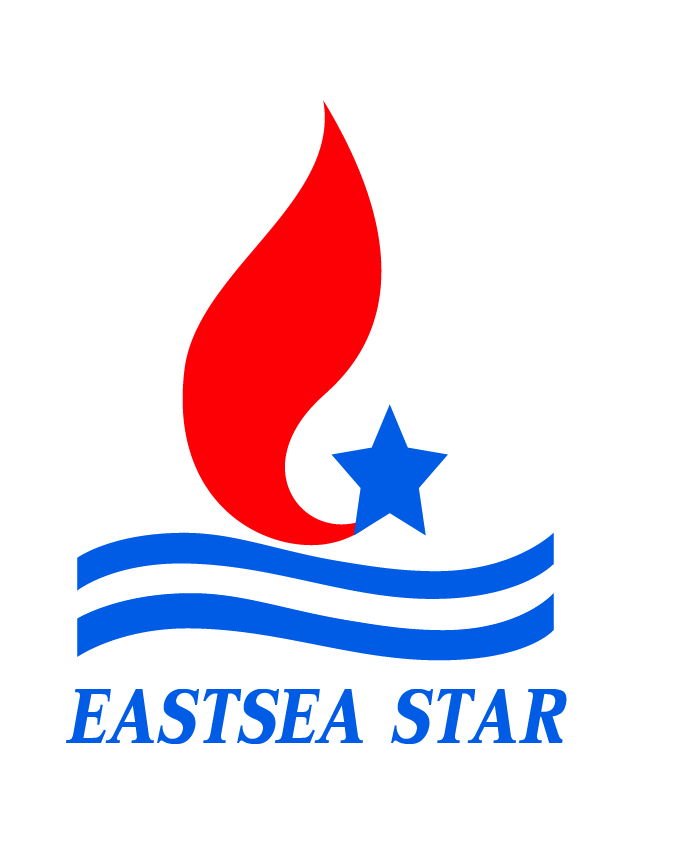Primary and secondary oil recovery methods can leave as much as 75% of the oil in the ground. For many long-established wells such as those in California, Oklahoma, Texas, and Mexico where much of the easy-to-produce oil has already been extracted, tertiary or enhanced oil recovery (EOR)—although expensive in comparison to primary and secondary recovery—is the only option to reach the remaining oil.
Regardless of the enhanced oil recovery method used—steam, chemical, or gas—the ability to monitor the effectiveness of the process is critical in maximizing recovery and minimizing costs. When reservoir teams have access to relevant data associated with reservoir characteristics and performance, they stand a much better chance of planning, implementing, and monitoring enhanced oil recovery activities.
What is Enhanced Oil Recovery?
In a conventional reservoir drilled with conventional methods, the expected initial extraction rate of available hydrocarbons maybe as much as 15% – leaving 85+% of hydrocarbons in the reservoir. Pump jacks and initial gas injection or thermal recovery can increase that capture to the 25-30% range. By applying EOR techniques you can extract another 10-15% of the initially available hydrocarbons.
Enhanced Oil Recovery Theory
Secondary Recovery
Secondary recovery is the process of recovering hydrocarbons trapped in the reservoir after the reservoir pressure has been depleted to a predetermined level of a well’s production decline curve. The standard methods of secondary recovery involve increasing the reservoir pressure by either injecting water (waterflooding) or some form of gas mixture (gasflooding).
The process of adding pressure to the well (sometimes called pressure maintenance) typically refers to this phase of the recovery process.
Tertiary Recovery
Tertiary recovery methods are often the third recovery process used to recover the hydrocarbons from a reservoir. Depending on the reservoir models your geologists have built, there could be a case for skipping secondary recovery or using both secondary and tertiary recovery methods simultaneously.
With a wide variety of tertiary recovery methods, the three that are used most often are thermal, gas injection and chemical flooding.
Thermal recovery can actually be achieved in a number of ways – primarily by injecting fluid hot enough to raise the reservoir temperature by 100° to 200°F by injecting a heated fluid or steam. Thermal recovery can be achieved by in situ combustion or combusting the oil where it is in the reservoir.
Whatever the method of thermal recovery, the purpose of thermal recovery is to lower the viscosity of the crude oil in the reservoir to a predetermined level where it will flow more easily up the wellbore.
Chemical flooding is used to either reduce the interfacial tension between the reservoir oil and the injected fluid or to improve the sweep efficiency (i.e., make the reservoir oil more viscous).
In conclusion
Enhanced Oil Recovery is a toolbox for getting more producibility from reservoirs that you are already invested in, and as such provides an efficient lower-cost method of E&P that we expect to be hearing a lot more about in the coming months.
For more information about Enhanced Oil Recovery (EOR) or any other geological consulting services we offer, contact us!



